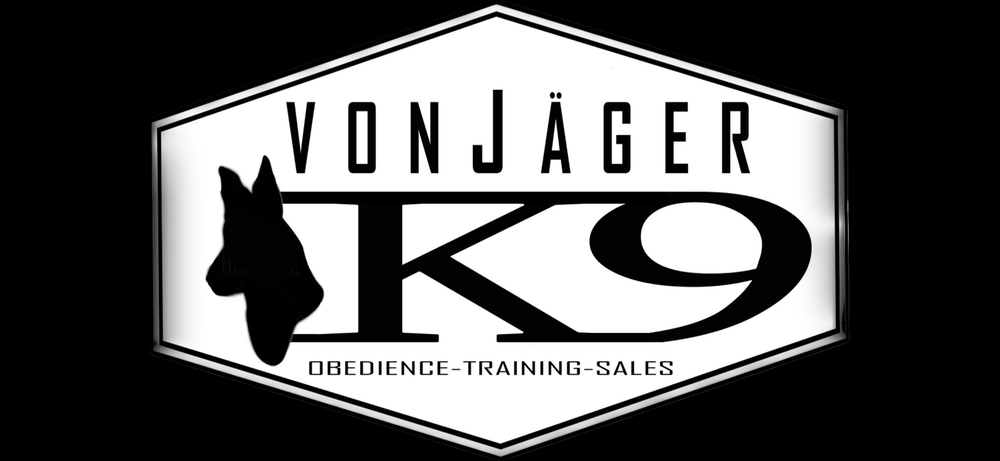Dog training is an essential aspect of responsible pet ownership, contributing to the well-being of both the dog and the owner. Effective dog training techniques can lead to improved behavior, enhanced communication, and a stronger bond between the dog and its handler. This page aims to provide an informative overview of various dog training methods, their benefits, and the importance of personalized training approaches.
One of the most widely recognized methods of dog training is positive and negative reinforcement (Balanced approach). This technique involves rewarding desired behaviors with treats, praise, or playtime, thereby encouraging the dog to repeat those behaviors. And by correcting behaviors that are not desired. Research indicates that positive reinforcement can lead to a 70% increase in desired behaviors when consistently applied. This method not only fosters a positive learning environment but also strengthens the emotional connection between the dog and the trainer.
Another effective dog training technique is clicker training. This method utilizes a small handheld device that emits a distinct sound when pressed, marking the exact moment a dog performs a desired behavior. Studies have shown that marker training can improve a dog's learning rate by up to 50% compared to traditional training methods. The click sound serves as a clear signal to the dog, facilitating quicker understanding and retention of commands.
Socialization is also a critical component of dog training. Exposing dogs to various environments, people, and other animals can significantly reduce anxiety and behavioral issues. According to the American Kennel Club, dogs that undergo proper socialization are 60% less likely to develop fear-based behaviors. Early socialization is particularly important, as it helps puppies develop confidence and adaptability in different situations.
Moreover, personalized training approaches can cater to the unique needs of individual dogs. Factors such as breed, age, and temperament play a significant role in determining the most effective training methods. For instance, high-energy breeds may require more physical activity and mental stimulation during training sessions, while older dogs may benefit from gentler, more patient techniques. Tailoring training programs to the specific characteristics of each dog can enhance the overall effectiveness of the training process.
In conclusion, dog training is a multifaceted discipline that encompasses various techniques, including positive reinforcement, marker training, and socialization. The benefits of effective dog training extend beyond improved behavior; they foster a deeper bond between the dog and its owner, promote mental stimulation, and enhance the overall quality of life for both parties. By understanding and implementing these training methods, dog owners can ensure a harmonious and fulfilling relationship with their canine companions.
